パックラフト・アディクト | #28 ホワイトウォーター・レスキュー・コース
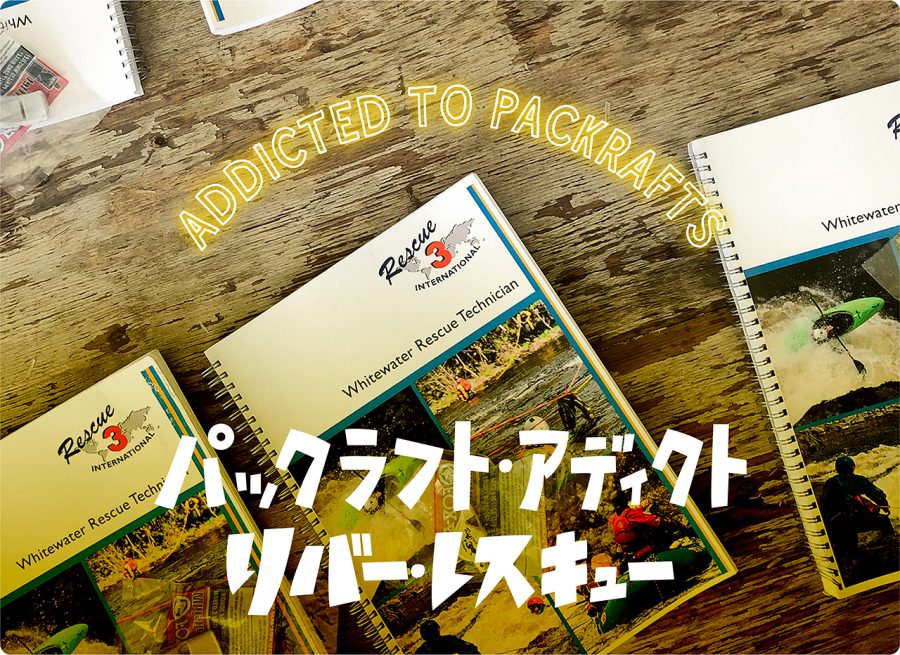
Packrafting Whitewater Rescue Course
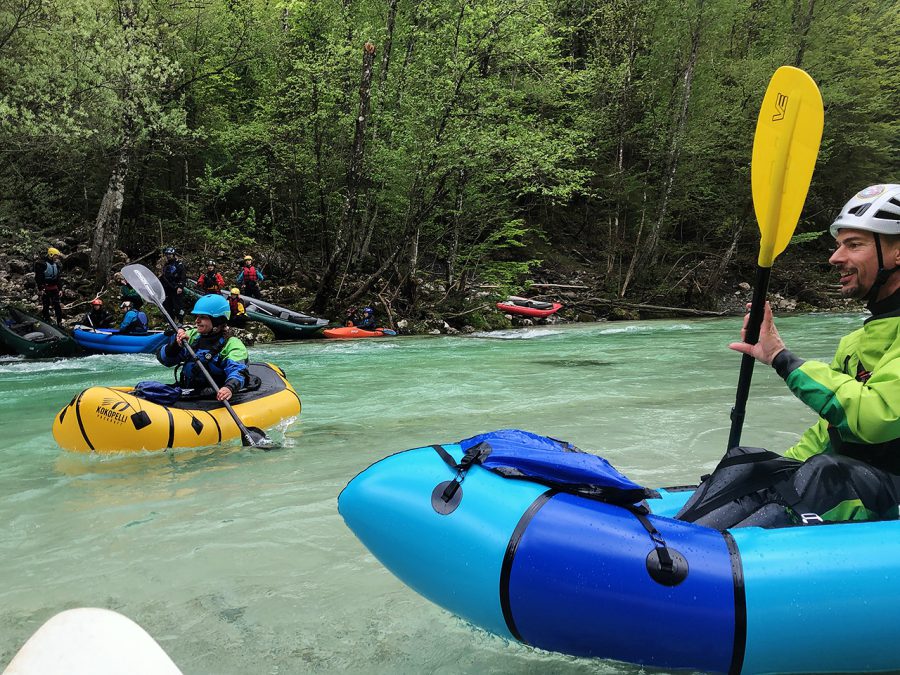
When I bought my first packraft, I did not intend to use it on whitewater first. And even when I did, I would be very careful and portage any rapids that looked big to me – and, at the beginning, almost all of them did. But gradually, sometimes due to a mistake and other times on purpose, I started to try to paddle those ‘menacing’ rapids and what I discovered was that I could really do that. It was even easy. My packraft was doing most of the work for me. It was really stable and forgiving, which made me feel really secure, if not almost invincible. A Class II rapid, like the ones that I portaged at the beginning, would not even warrant a second look. And having taking a four-day whitewater packrafting course in France, I started to attempt even Class 3+ rapids. Did I ever flip? Yes, a couple of times. But in none of those situations I felt unsafe. It was as if the ‘protective magic’ of the packraft was affecting me even when I was in the water.
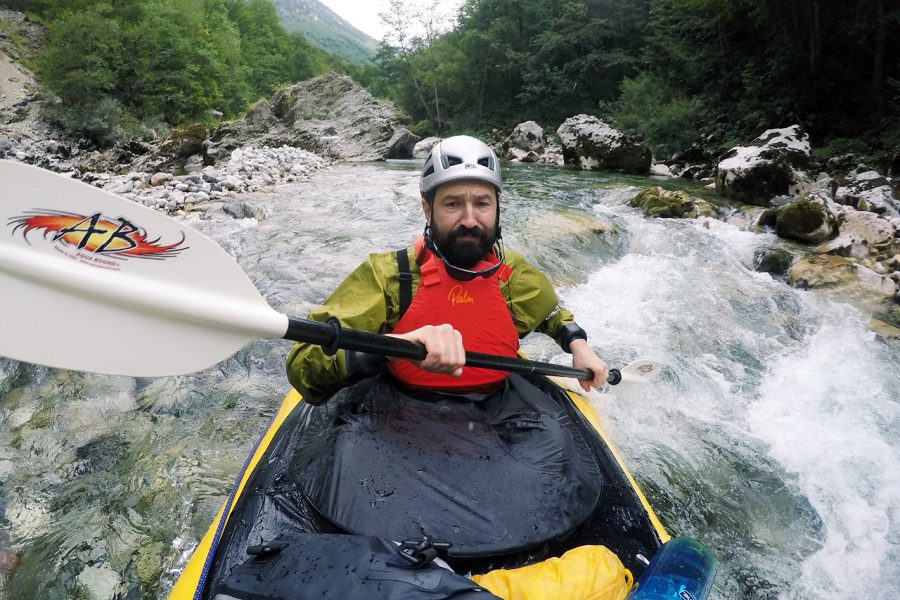
Over time, however, I started to question my abilities and luck and began to wonder what would happen if things really went wrong. Would I really know how to react and what to do if I had to safe myself or assist another paddler?
I did learn some basics of whitewater swimming and throw-roping during the packrafting course in France and later had a short reintroduction to these skills in a workshop during the Sottish Meet-up. But I felt that it was insufficient. I did not even have a good throw-rope nor a proper rescue PFD. Nor did I really know what to do if I had to face a difficult situation on the water.
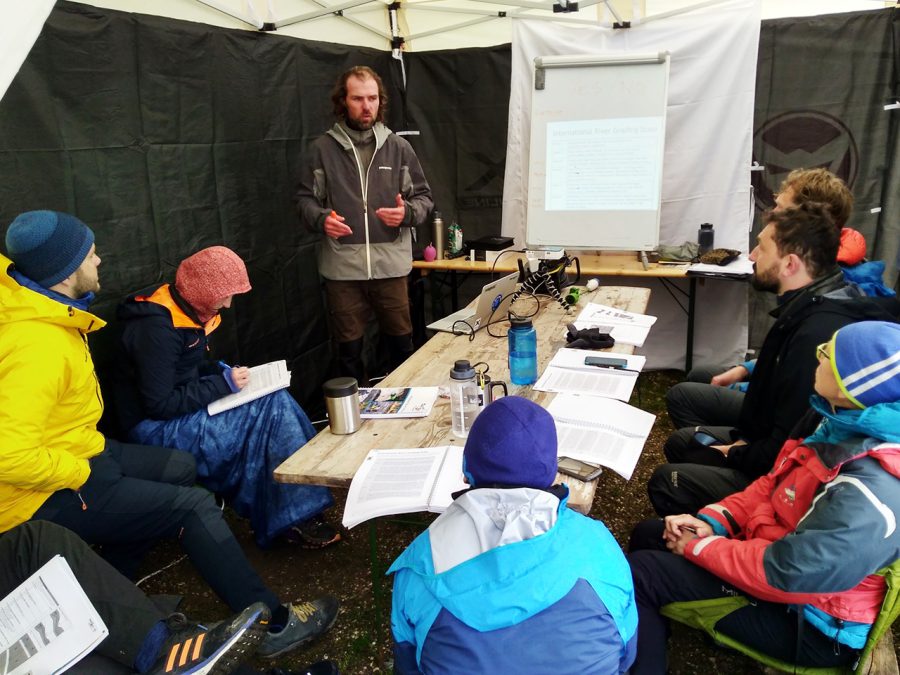
My fears deepened when last year a friend of mine faced a situation on whitewater in which one of his paddling partners lost his life, while they were unable to rescue him. All this made me really want to learn more if I were to continue paddling.
Luckily, I got a chance to do just that before the European Packrafting Meet-up in Slovenia this year (please see my previous post), when a packraft specific whitewater rescue training course and certification were organised by Sean (from Packraft Europe) and a Slovenian instructor as part of Rescue 3 Europe training.
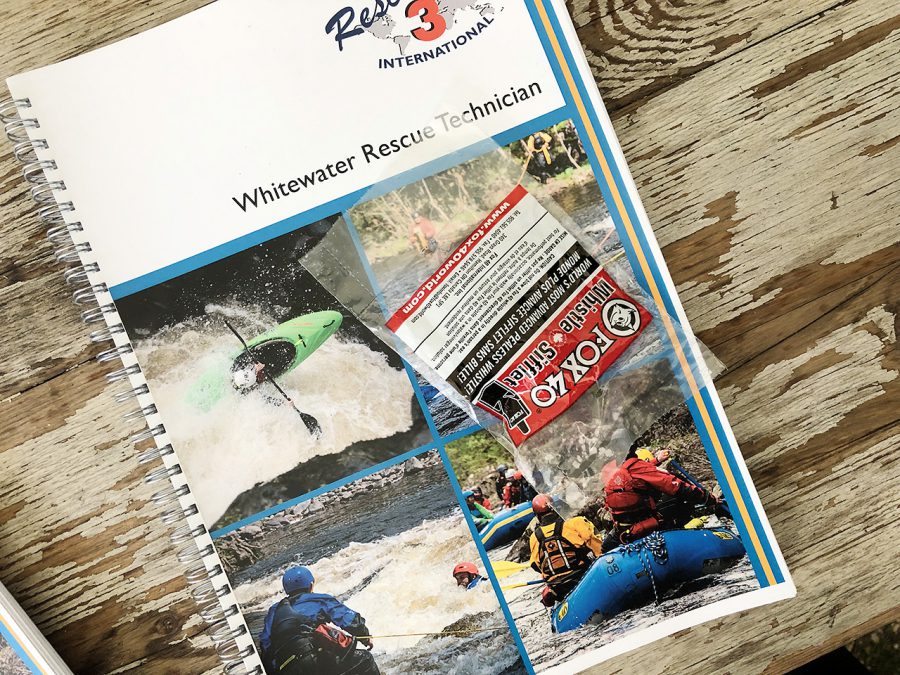
Rescue 3 Europe is a European branch of Rescue 3 International, which was established in 1979 in California and is the largest accrediting body for technical rescue programmes in the world with over half a million students in 62 countries. The ‘3’ in their name stands for Water, Land and Air and they provide numerous courses ranging from Emergency Services specific ones to those that are more applicable for outdoor adventure.
The official name of the course that we followed was Whitewater Rescue Technician – Recreational (WRT_REC) and it is meant for “recreational paddlers who wish to have a rescue capability while paddling or in a whitewater environment with peers” (https://rescue3.com/wrt-rec/). The course was provided two days that comprised 8 hours of theory and another 8 hours of practice.
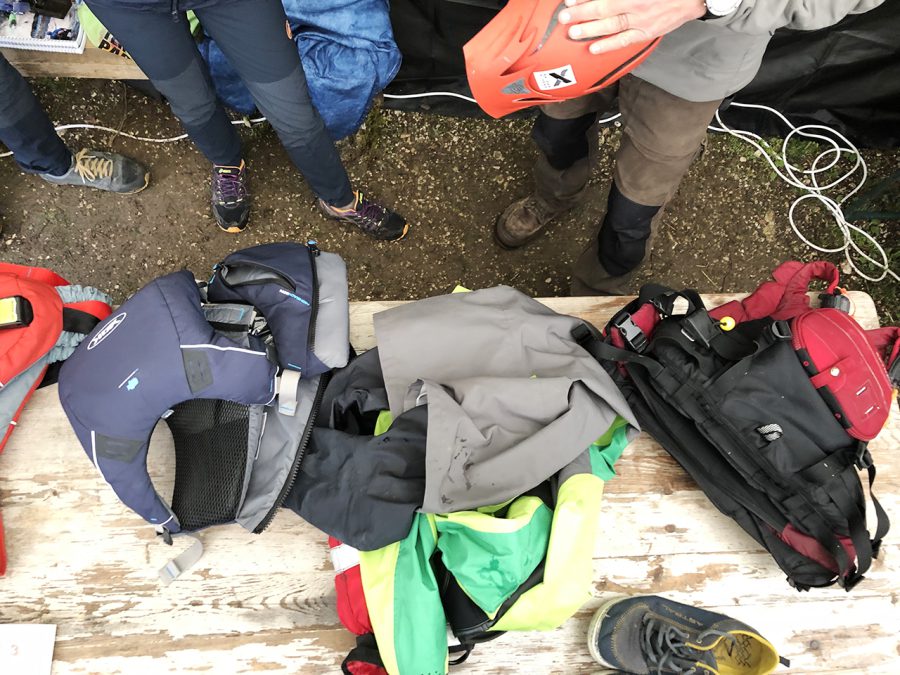
The theory ranged from introduction to the Rescue 3 philosophy and training standards to leaning about river hydraulics and hazards as well as communication and how to manage incidents. We also examined personal and group equipment that would be suitable for packrafters and discussed river running and medical considerations. The activities involved presentation of a theory, discussions and various individual and group exercises. The theory, though general, was also adjusted for packrafters, while providing a broader context as well. It was especially useful that Seon is a packrafter himself, and though he was a second instructor, he could provide a lot of insights to us as well.
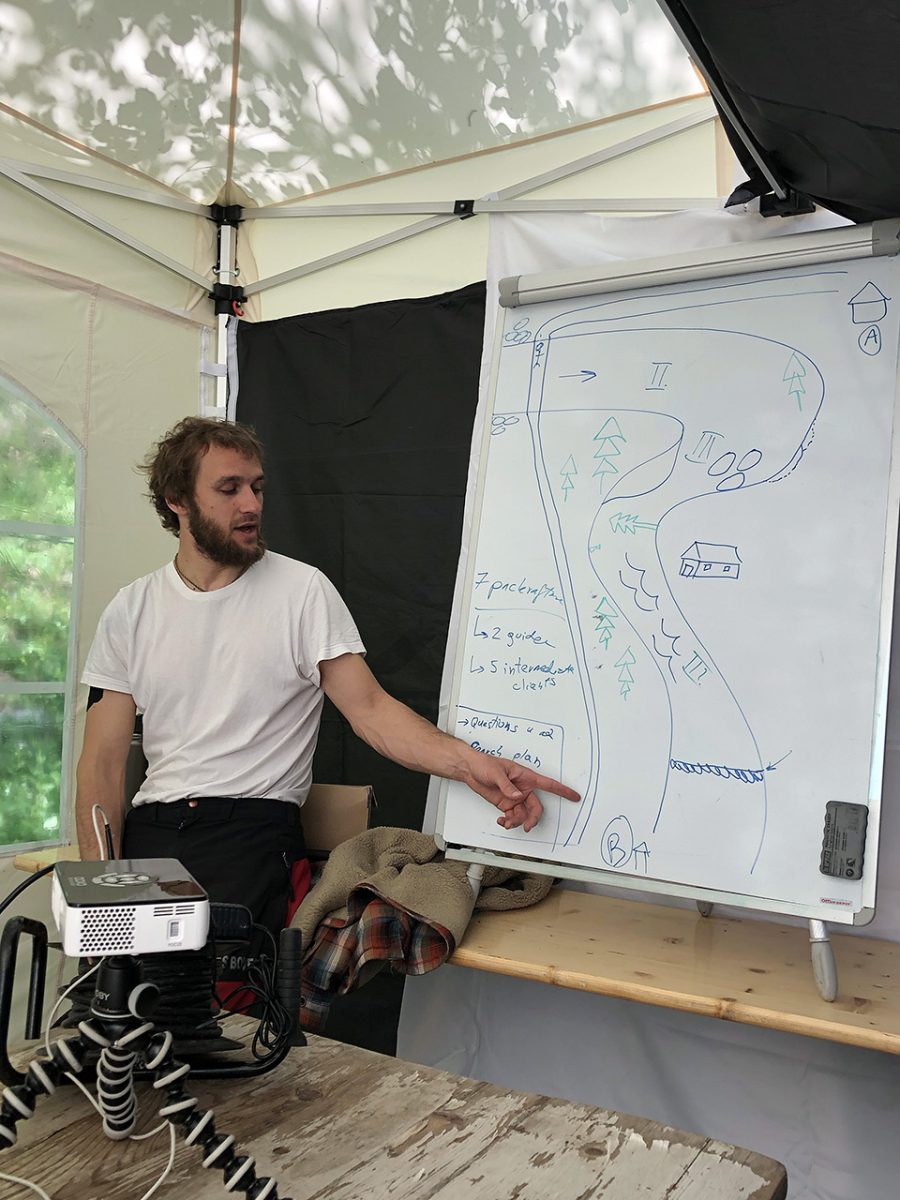
After spending the first four hours of theory each day, we would change into our drysuits, put on out PFDs and helmets and walk down to the river where we had our practical sessions. The first day thing we learned and practiced was how to use a throw bag correctly. As it turned out, there is more than one way to do it and you need to find the one that suits you and the situation best – the one that I am most confident with is an underarm throw, but it does not allow me the same precision and reach as the bent overarm throw, which I need to practice more.
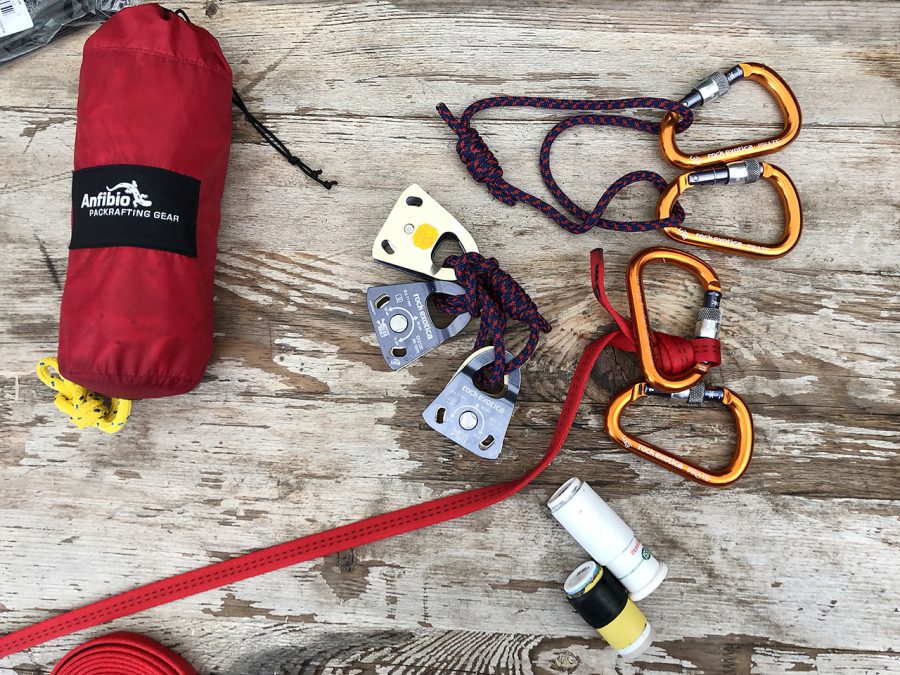
We also practiced whitewater swimming (both defensive – feet downstream – and offensive – head downstream), learned what to do if you are going towards a strainer (it is better not to get into this situation at all though though) and experimented with shallow water crossing techniques. We also tried tethered rescue when one of us would pretend to be an unconscious victim floating down the river, whereas another person, who was attached by his/her PFD’s quick release chest harness to a throw bag, would jump into the water and try to secure him. A third person on the river bank would act as the belayer and manage the line. Each one of us tried these roles several times as it was not always possible to do everything right from the beginning (well, with the exception of being an unconscious victim, of course).
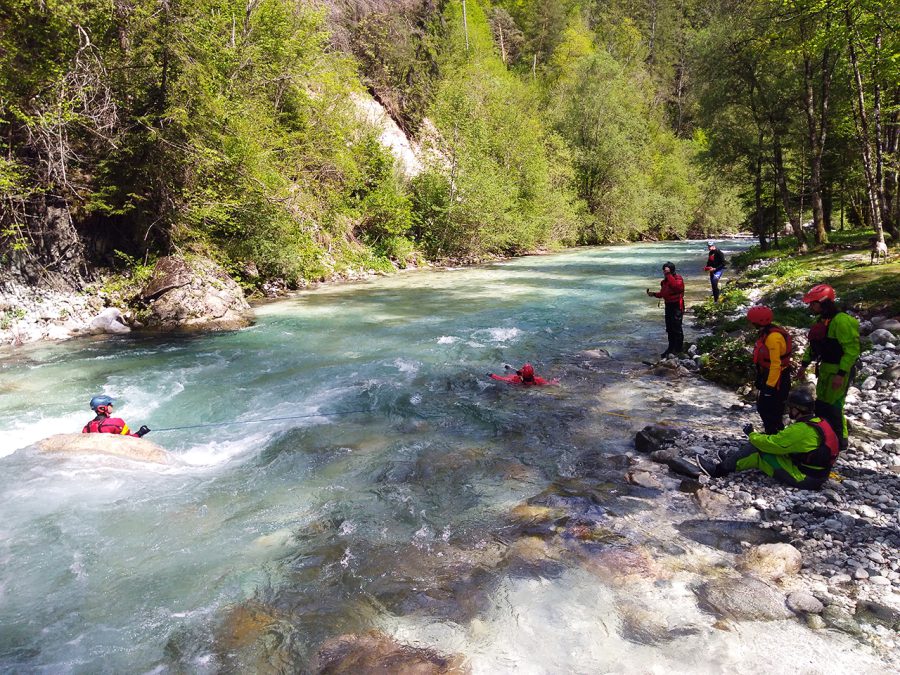
The second day we concentrated on working with rope, learning various knots and anchor systems as well as tensioning and line crossing methods. We have also experimented with transporting conscious and unconscious ‘victims’ from one bank to another as well as using tensioned diagonals, technique using a rope tensioned an angle to the current. The highlight of the day, however, was our practice with an entrapment when a victim (this time a doll) got trapped by its foot and held down under the water by the current. Together with a strainer and a syphon, this is possibly the worst nightmare for a paddler as, very often, there is not much you can do on your own and you need to fully rely on your paddling partners, who have very limited time to assist you. In our roleplay, the rescue operation was a success and the ‘victim’ lived another day. But, I really hope that I would never have to do it in real life. Nevertheless, it was a valuable learning experience.
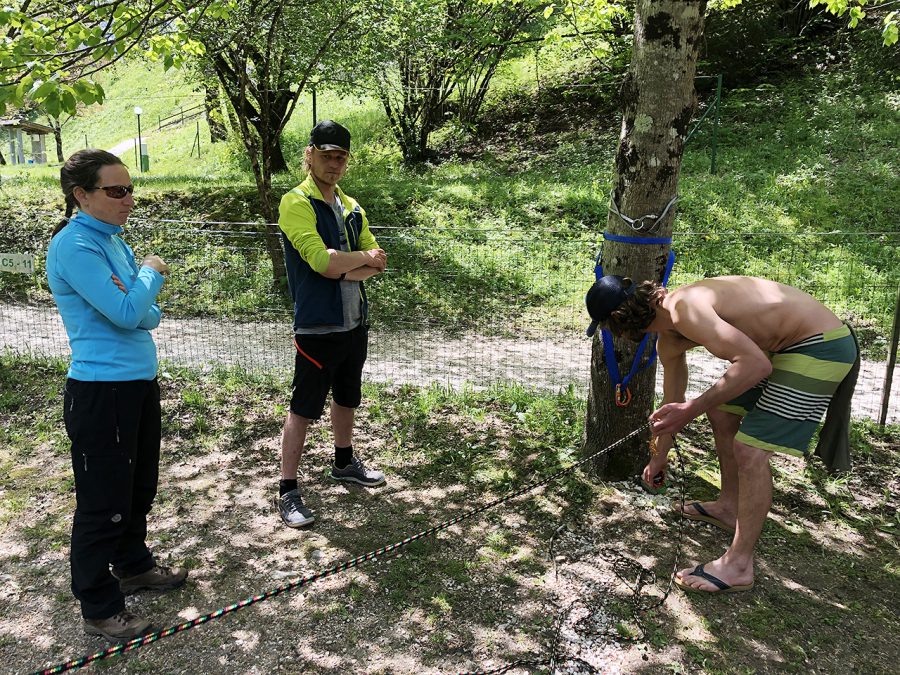
After these two exhausting days, packed to the bream with the new knowledge and skills that we hardly had time to acquire, I started to fully understand why Rescue 3 Philosophy treats this and any course as just the first step, which should be followed by more practice, leading to the development of experience and judgement. It was definitely a very important and valuable lesson, but without more practice, I will still feel that something is missing.
Which is why, even though the certification is valid for three years, I would not mind repeating the course before that or, if I get a chance, even dry to do the next level training – Whitewater Rescue Technician Professional. And if I do, I am sure to get another cool badge and a sweet whistle that I have on my rescue PFD now.
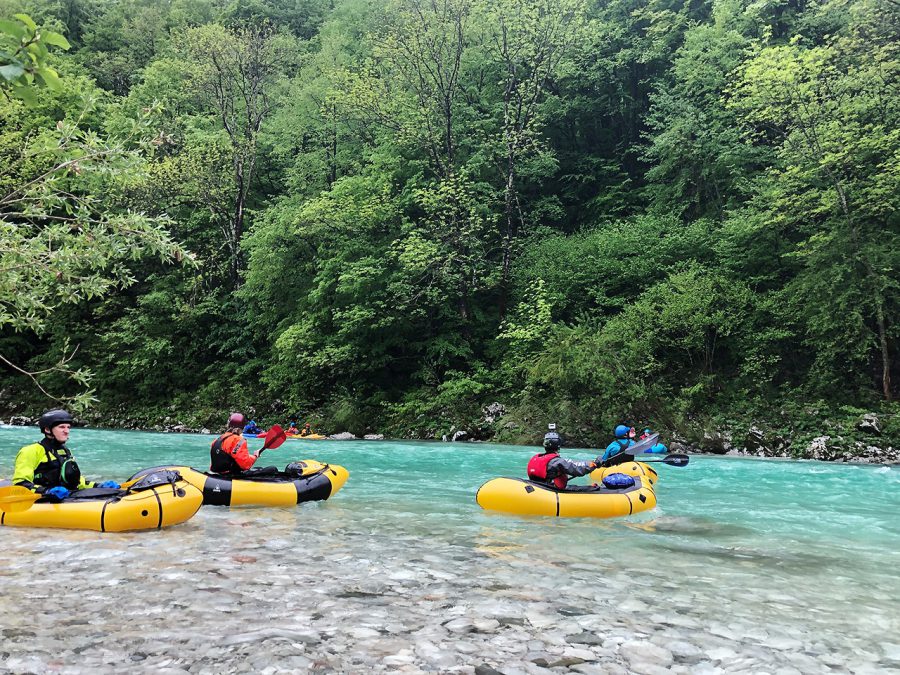
Related Articles
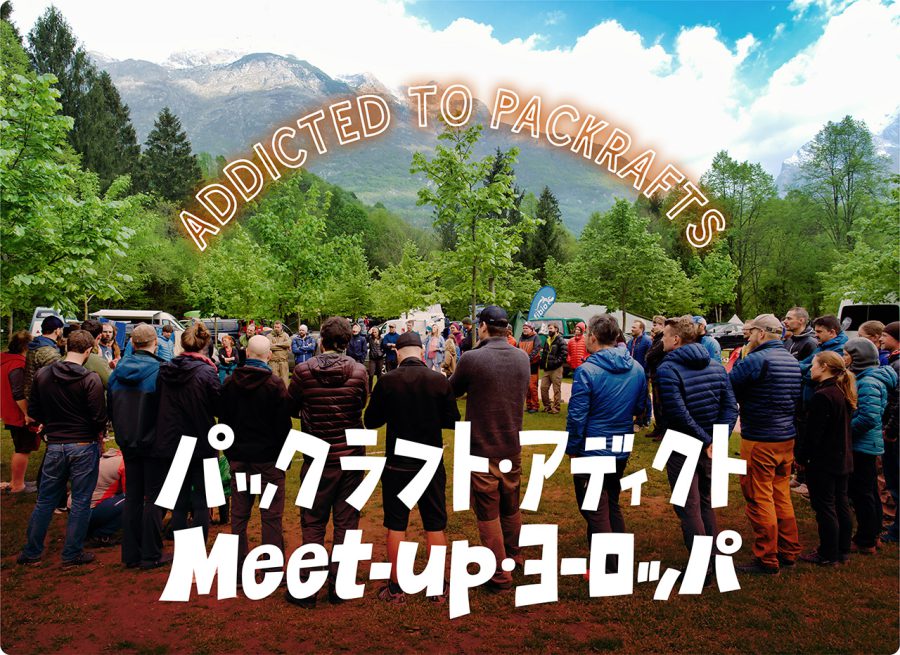
パックラフト・アディクト | #27 Packrafting Meet-up Europe 2019
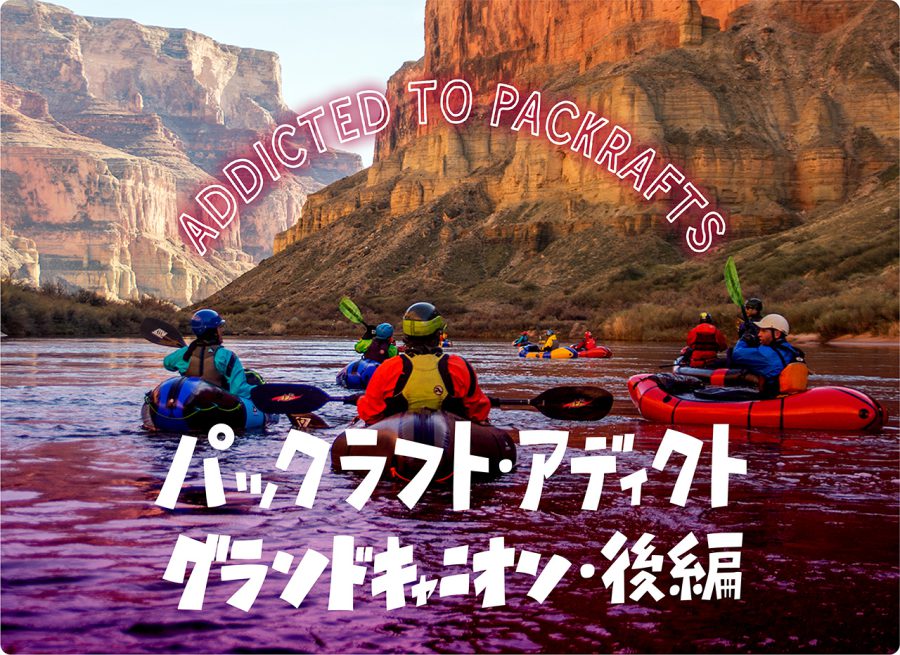
パックラフト・アディクト | #25 グランドキャニオン <後編>大自然と急流をめぐる12日間364キロの川旅
- « 前へ
- 2 / 2
- 次へ »
TAGS:

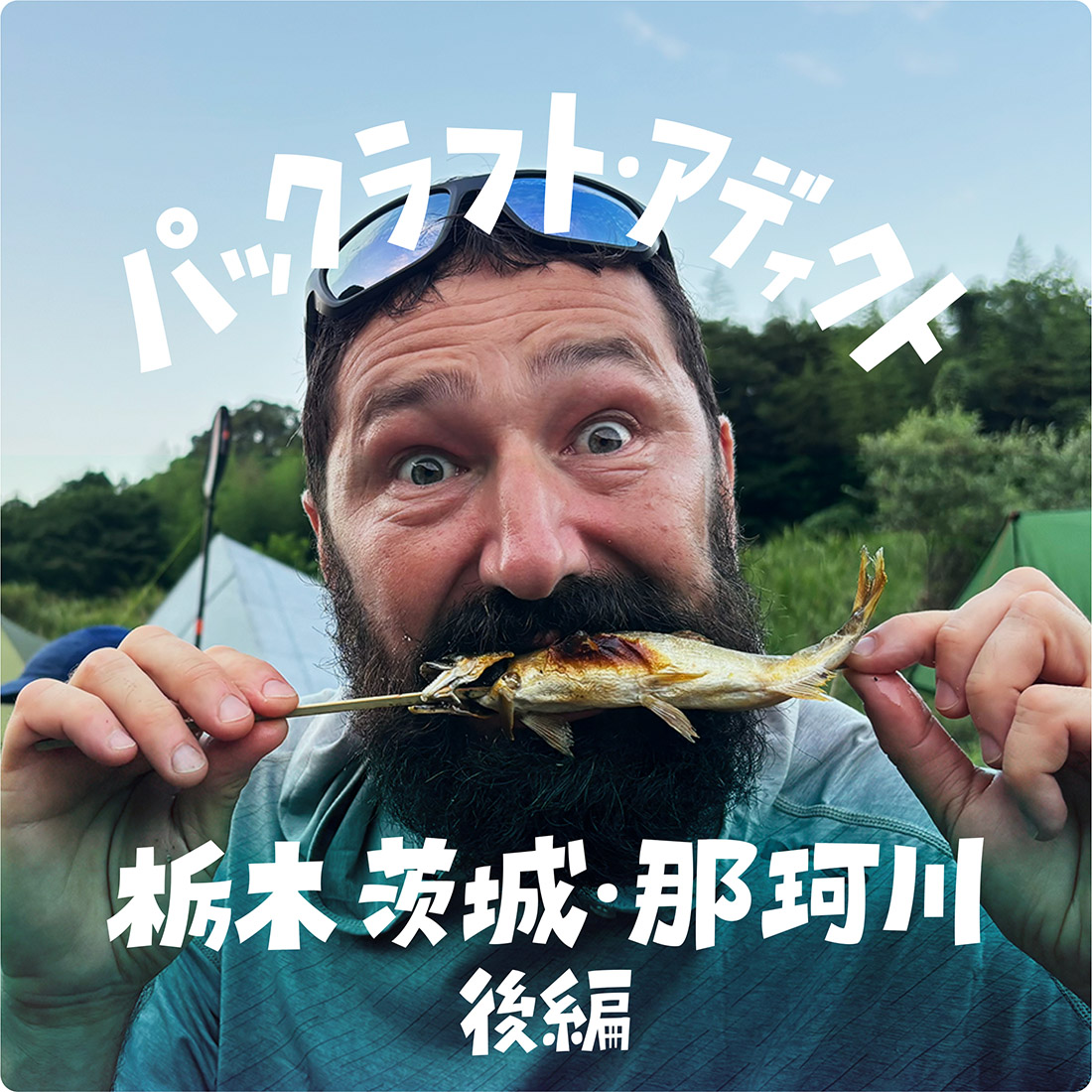
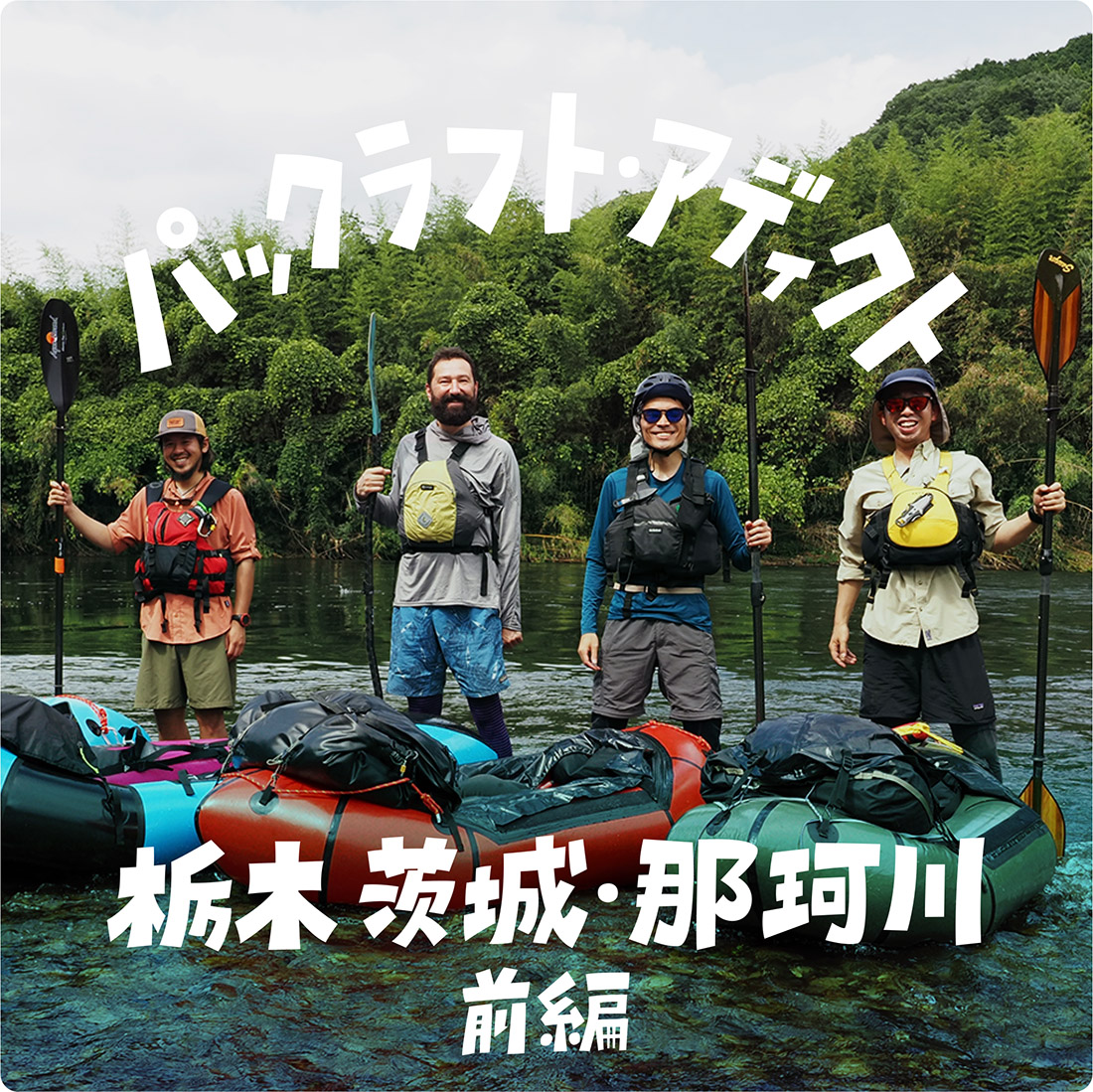
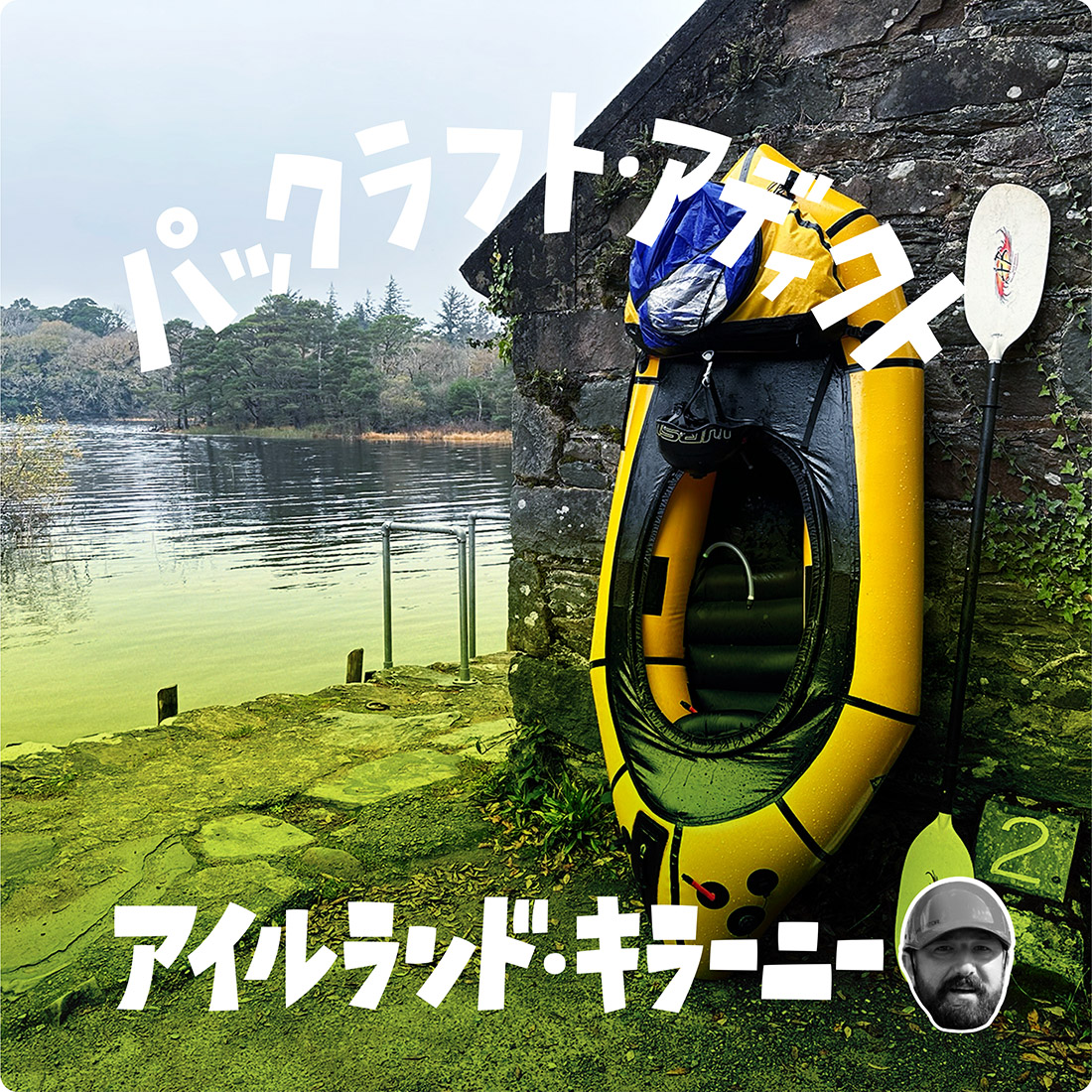
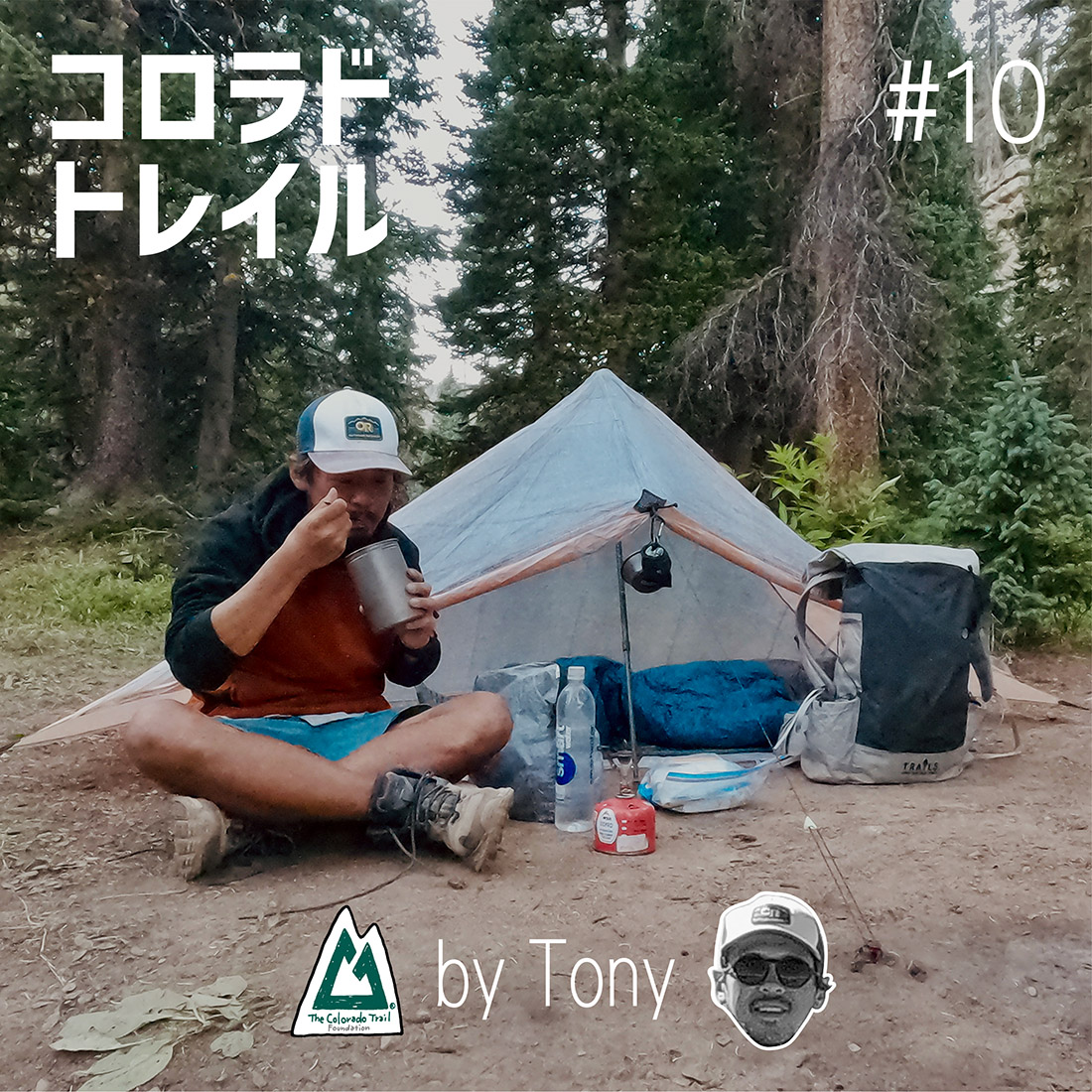
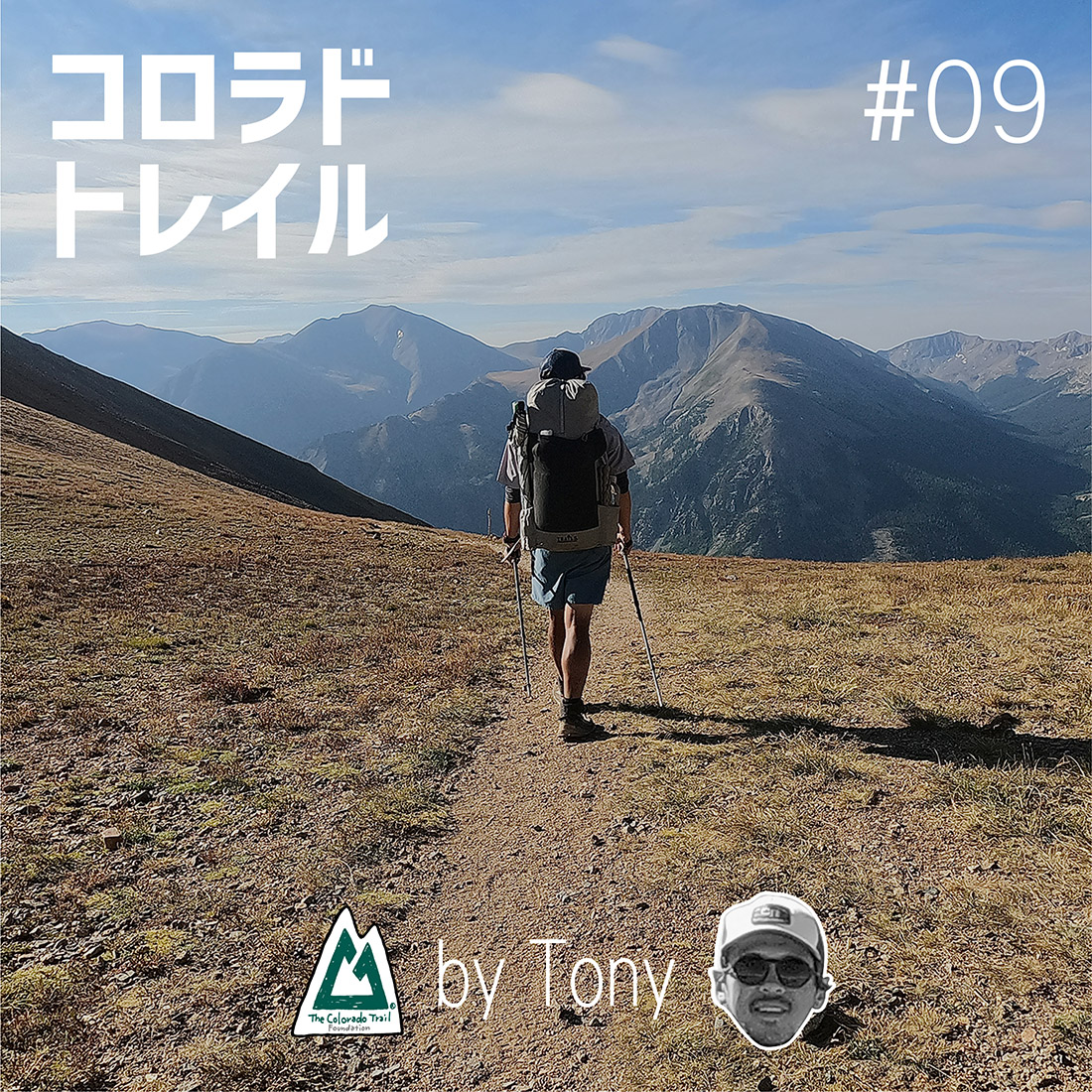








 ULギアを自作するための生地、プラパーツ、ジッパー…
ULギアを自作するための生地、プラパーツ、ジッパー…  ZimmerBuilt | TailWater P…
ZimmerBuilt | TailWater P…  ZimmerBuilt | PocketWater…
ZimmerBuilt | PocketWater…  ZimmerBuilt | DeadDrift P…
ZimmerBuilt | DeadDrift P…  ZimmerBuilt | Arrowood Ch…
ZimmerBuilt | Arrowood Ch…  ZimmerBuilt | SplitShot C…
ZimmerBuilt | SplitShot C…  ZimmerBuilt | Darter Pack…
ZimmerBuilt | Darter Pack…  ZimmerBuilt | QuickDraw (…
ZimmerBuilt | QuickDraw (…  ZimmerBuilt | Micro Pack …
ZimmerBuilt | Micro Pack … 














